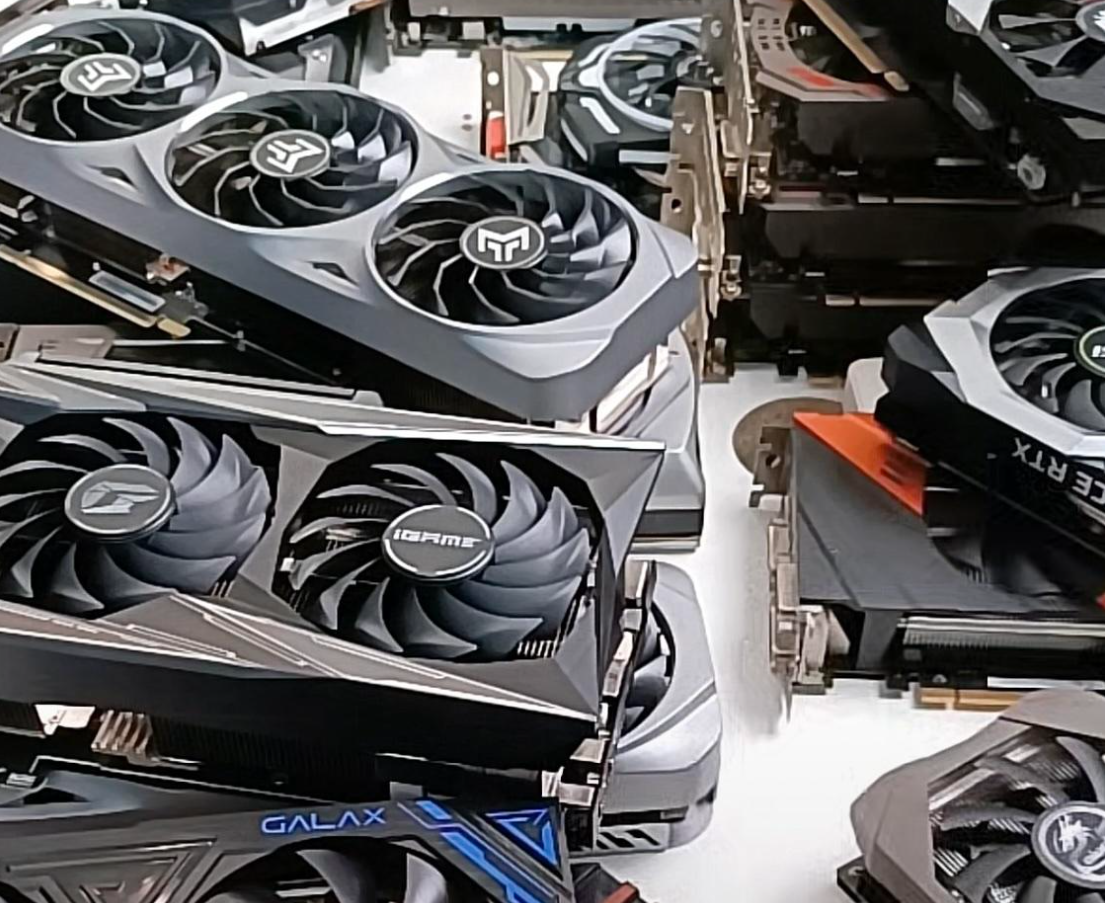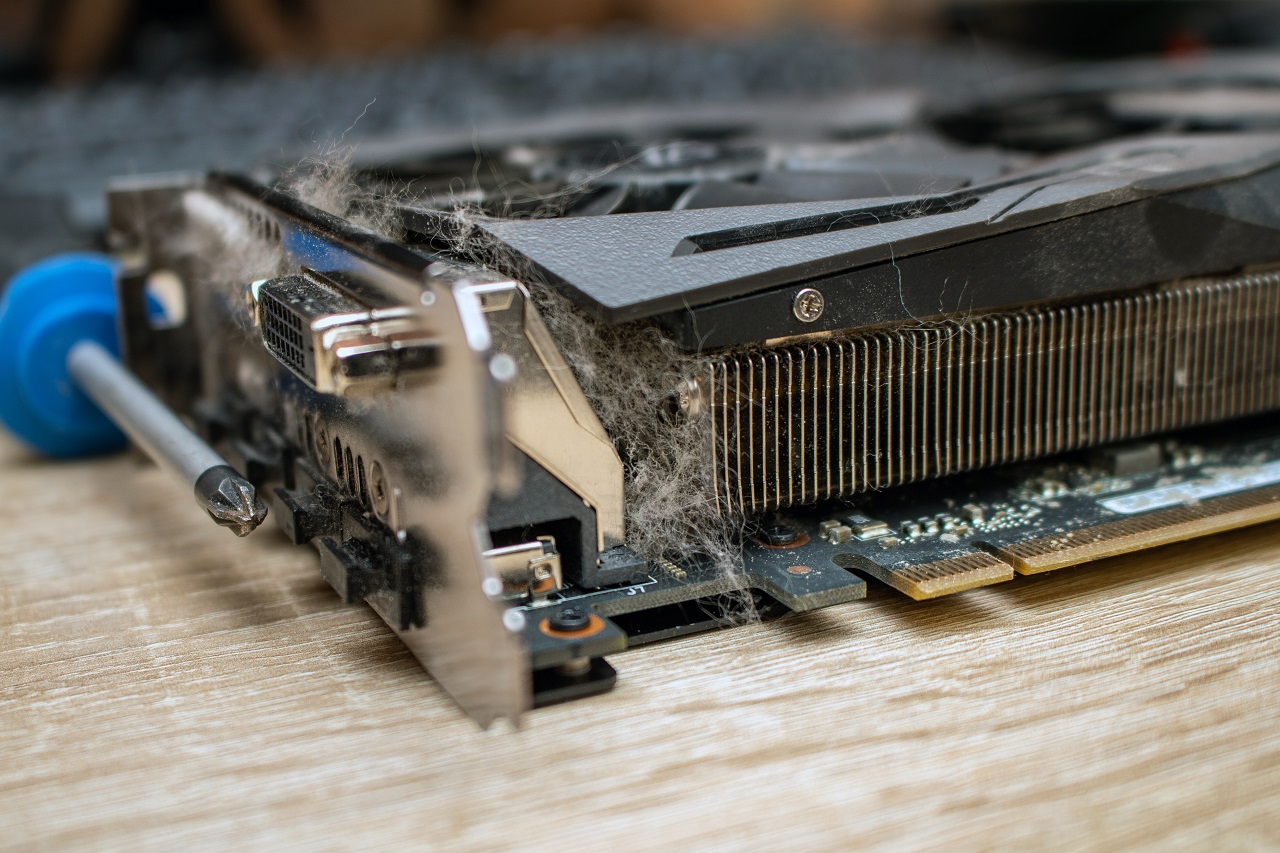
If your graphics card has recently failed, you're on a budget, or you're building your first gaming PC, you might be considering a used GPU. But is it safe to buy a used graphics card? And what about one that was used for crypto mining? Let's dive into the key factors to help you make an informed decision.
Is a Secondhand GPU Right for You?
Pros of Buying a Used Graphics Card
1. Cost Savings
- Significantly Cheaper: Used GPUs are much more affordable than new ones. You can save up to 50%, making high-performance graphics cards accessible even on a tight budget.
- Better Value: By spending less, you can potentially allocate more of your budget to other components of your gaming setup or save money for future upgrades.
2. Proven Reliability
- Track Record: Older models have a track record of performance and reliability. Issues and weaknesses are well-documented online, allowing you to make an informed choice based on user experiences and professional reviews.
- Stability: Since these cards have been in use for some time, any manufacturing defects would likely have already been identified and addressed.
3. Buyer Protections
- Reselling Platforms: Websites like eBay, Newegg, and Amazon offer buyer protections such as return policies and dispute resolution mechanisms.
- Detailed Listings: Platforms like eBay provide detailed condition reports and seller ratings, giving you more confidence in your purchase.
Cons of Buying a Used Graphics Card
1. Limited Selection of Newer Models
- Older Models: The newest GPUs are rarely available secondhand at significant discounts. You'll mostly find models that are a few years old, which might not support the latest gaming technologies or highest settings.
- Performance Limitations: Older cards might not deliver the same performance as newer models, particularly for the latest, most demanding games.
2. Limited or No Warranty
- Warranty Expiry: Most used GPUs come without a manufacturer's warranty, meaning you're on your own if something goes wrong.
- Risk of Failure: Without a warranty, any repairs or replacements will come out of your pocket, adding potential hidden costs to your purchase.
3. Potentially Faulty Features
- LEDs and Aesthetics: Features like RGB lighting or aesthetic enhancements are often the first to fail on a used card. While this doesn't affect performance, it might be a downside if visual appeal is important to you.
- Functional Degradation: While major components like the GPU itself are usually fine, minor issues can arise with cooling fans, ports, or other non-critical features.
Is the Card in Good, Working Condition?
The Crypto Mining Concern
A common question is whether a GPU used for crypto mining is safe to buy. Surprisingly, the answer is often yes. Professional miners typically undervolt their GPUs to improve efficiency, which can lead to better maintenance and less wear and tear compared to GPUs used for gaming. Miners also use robust cooling systems and maintain their hardware well to maximize resale value.
Why Sell Mining GPUs?
Professional miners frequently upgrade their hardware to stay competitive. Overstock or exiting the mining industry are common reasons for selling these GPUs, not necessarily hardware failure.
What to Check Before Buying
Ensure the card has its stock BIOS restored. Honest sellers should provide the card's history and condition details. Don't hesitate to ask if the listing lacks clarity.

Which Card is Right for My PC Build?
Compatibility Checks
- Motherboard Compatibility: Verify the GPU's compatibility with your motherboard's ports.
- Power Supply: Ensure your power supply can support the GPU's power requirements.
- Monitor Compatibility: Check if your monitor can handle the GPU's resolution and connectivity.
How to Assess Condition Before Purchase
Visual Inspection
1. Lack of Information
- Vague Listings: Avoid listings with insufficient details. Sellers should clearly state the condition, history, and any issues with the GPU.
- Incomplete Descriptions: Ensure the description includes key details like the model, any modifications, and usage history.
2. Poor Photograph Quality
- Blurry Images: Low-quality photos can hide defects and make it difficult to assess the card's condition.
- Lack of Detailed Shots: Look for listings with clear images of all critical areas of the GPU, including ports, fans, and the PCB.
3. No Return Policy
- Return Options: Avoid sellers who don't offer a return policy. A return option provides a safety net if the GPU doesn't match the description or has undisclosed issues.

Specific Condition Checks
1. Physical Damage
- Discoloration and Warping: Check for signs of overheating or physical stress. Discoloration might indicate heat damage, while warping can suggest structural issues.
- Corrosion and Rust: Inspect metal parts for rust or corrosion, which can impact the card's longevity and performance.
2. Ports and Connectors
- Bent Pins: Ensure all pins are straight and undamaged. Bent pins can cause connectivity issues or signal loss.
- Heat Damage: Look for burn marks or signs of heat damage around ports and connectors, which can indicate past overheating problems.
3. Cleanliness
- Dust and Dirt: A clean card is often better maintained. Excessive dust and dirt can clog fans and cause overheating.
- Fan Condition: Inspect the fan blades for dirt buildup and check that they spin freely without obstruction.
Buying a used graphics card can be a fantastic way to upgrade your gaming PC affordably. By doing thorough research and buying from reputable sellers, you can find a great deal that fits your needs.
Happy gaming!
